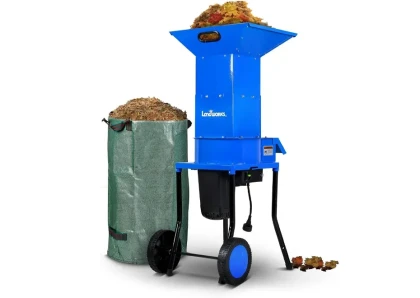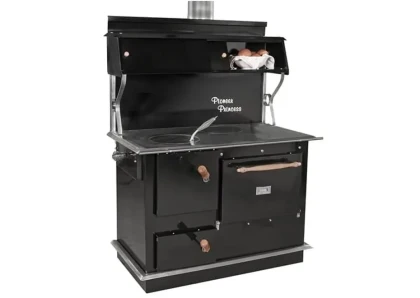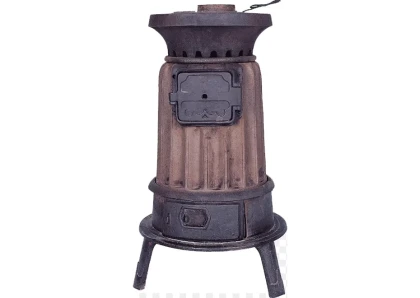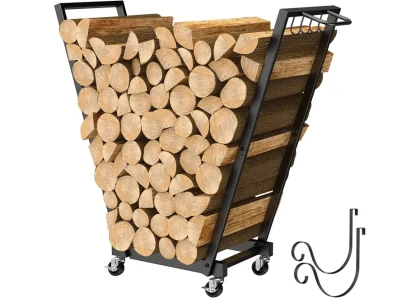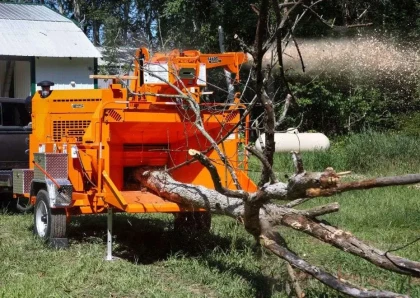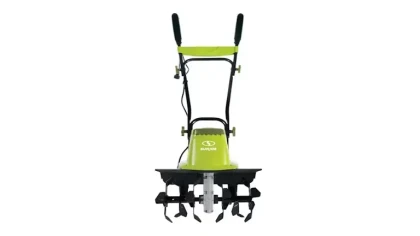
Wood Siding
Overview
Wood siding is a popular choice for exterior cladding in America. It offers durability, visual appeal, and requires relatively low maintenance. The siding consists of boards that are attached to the outer walls of a structure. Among the various options available, cedar and redwood are the most commonly used types of wood for siding. These woods possess natural resistance to rot and decay, making them well-suited for outdoor applications.
One of the advantages of wood siding is its ability to be stained or painted, allowing you to customize its appearance to match your home's style. Additionally, wood siding provides insulation, helping to regulate temperature by keeping your home cooler in summer and warmer in winter. Investing in wood siding can enhance both the value and curb appeal of your home.
According to the U.S. Census Bureau, in the year 2022 approximately 15% of homes in America use wood siding. This number has been steadily increasing in recent years, as more and more homeowners are choosing wood siding for its beauty, durability, and energy efficiency.
What are the Different Types of Wood Siding?
When it comes to wood siding, there is a wide range of options available, each with its own distinctive appearance and texture. Here are some of the most popular types of wood siding:
- Board and batten siding: This classic style features horizontal boards with vertical strips between them. It is commonly seen in older homes and adds a timeless charm to the exterior
- Shake siding: Made from hand-split cedar shakes, this type of siding offers durability and resistance to various weather conditions. It imparts a rustic and natural look to your home.
- Shingle siding: Comprising small, overlapping shingles, this versatile siding comes in a variety of styles and colors. It can be customized to match different architectural designs and personal preferences.
- Log siding:Crafted from milled and cut logs, this type of siding creates a natural and rustic appearance, evoking a cozy cabin-like feel.
- Vinyl siding: While not made from wood, vinyl siding mimics the look of wood and is a popular alternative. It is composed of durable plastic material and requires minimal maintenance. Available in a wide array of styles and colors, vinyl siding provides versatility and long-lasting performance.
Different types of wood used for wood siding
- Cedar: Cedar is a softwood known for its exceptional durability and resistance to rot. It is particularly suitable for coastal areas that experience harsh conditions. One of the advantages of cedar is its natural resistance to insects, eliminating the need for chemical treatments.
- Redwood: Redwood is another type of softwood prized for its durability and resistance to rot. It is an excellent choice for homes located in hot and dry climates. Similar to cedar, redwood possesses natural resistance to insects, eliminating the need for chemical treatments.
- Pine: Pine is a softwood and the most affordable option for wood siding. While not as durable as cedar or redwood, it can still be a suitable choice for homes in moderate climates. To protect pine from rot and decay, it needs to be treated with a preservative.
What are the Applications of Wood Siding?
- Houses
- Commercial buildings
- Outbuildings
- Garages
- Sheds
Benefits of Using Wood Siding
There are many benefits to using wood siding, including:
- Durability: Wood siding is a durable material that can last for many years with proper care.
- Aesthetics: Wood siding can add a touch of beauty and character to any home.
- Versatility: Wood siding is available in a variety of styles and colors, so you can find the perfect look for your home.
- Recyclability: Wood siding is a recyclable material, so you can feel good about choosing it for your home.
- Low maintenance: Wood siding is a low-maintenance material that requires little upkeep.
Cons of Using Wood Siding
- Cost: Wood siding can be more expensive than other types of siding.
- Fire hazard: Wood siding is a fire hazard, so it is important to take precautions to prevent fires.
- Rot and decay: Wood siding is susceptible to rot and decay, so it is important to treat it with a preservative.
Treated options for wood siding
- Pressure-treated wood siding: Pressure-treated wood siding undergoes a treatment process using chemicals that render it resistant to rot, decay, and insects. This type of siding is a suitable choice for homes located in harsh climates or areas prone to insect infestations.
- Boiled linseed oil: Boiled linseed oil, a natural oil, is applied to wood siding as a protective treatment. It forms a water-resistant barrier that shields the wood from decay and rot. BLO also imparts a natural finish to the wood, which can be further enhanced by applying a clear coat of polyurethane.
- Exterior stain: Available in water-based or oil-based formulations, exterior stain is used to safeguard wood siding against the elements. It comes in a variety of colors, allowing you to select a stain that complements your home's style.
- Exterior paint: Similar to exterior stain, exterior paint serves as a protective layer for wood siding, shielding it from the elements while adding color to your home. It is available in a range of colors, enabling you to choose a paint that aligns with your home's aesthetic.
It's important to note that treated wood siding requires periodic re-treatment or repainting to maintain its efficacy. The frequency of re-treatment or repainting depends on the specific treatment or paint used, as well as the climate conditions in your area.
Here are some additional tips for choosing and installing wood siding:
- Choose the right type of wood for your climate. If you live in a coastal area, choose a rot-resistant type of wood, such as cedar. If you live in a cold climate, choose a type of wood that is resistant to warping and shrinking, such as redwood.
- Consider the style of your home when choosing a type of wood siding. If you have a traditional home, choose a classic type of wood siding, such as clapboard or board and batten. If you have a modern home, choose a more contemporary type of wood siding, such as shiplap or tongue and groove.
- Hire a professional to install your wood siding if you are not comfortable doing it yourself. Wood siding can be difficult to install properly, and a professional will ensure that it is done correctly
- Maintain your wood siding regularly to keep it looking its best. Cedar and redwood do not need to be painted or stained as often as pine. However, all types of wood siding should be cleaned and sealed on a regular basis to protect them from the elements.
Where Can I Buy Wood Siding?
Discover high-quality wood siding at Forestry. Trust us to provide top-notch options that meet your wood siding needs. With our commitment to quality and customer satisfaction, find the perfect wood siding for your project. Contact us now to explore our extensive selection.
- We offer wholesale and bulk buying options for wood siding
- Wide variety of wood species
- Variety of grades and treatment options
- Knowledgeable team
- On-time completion
- Satisfaction guarantee
Conclusion
Wood siding is a popular option for enhancing the exteriors of homes due to its inherent charm, resilience, and adaptability. There is a wide range of wood siding types available, each with its own distinct qualities. The most commonly used varieties include cedar, redwood, and pine. Cedar stands out as the most durable option, making it ideal for coastal areas. Redwood is also highly durable and a suitable choice for homes in hot, arid climates. Pine, on the other hand, is the most budget-friendly wood siding and a good fit for moderate climates. Overall, wood siding is a reliable and versatile material that can augment the aesthetics and character of your home. However, before opting for wood siding, it is crucial to carefully consider the advantages and disadvantages to make an informed decision.
No listings available
Related Products
Questions & Answers
What do you want to know about this product?
Reviews (5)
ArchiCraftsman
Timeless Elegance on Display
Wood Siding transforms exteriors. As an architect, its durability and classic charm add unmatched value to my designs.
EcoBuilder
Durability and Beyond
Wood Siding stands strong. As a contractor, its long-lasting performance and eco-friendly appeal align perfectly with my values.
HomeGuardian
Nature's Shield for Homes
Wood Siding excels in protection. As a builder, its weather resistance and versatile aesthetics make it my top choice.
DesignMaestro
Aesthetic Versatility Unleashed
Wood Siding's charm is unparalleled. As a designer, I love how it brings character and warmth to diverse architectural styles.
ForestSteward
Nurturing Natural Aesthetics
Wood Siding enhances homes organically. As a forestry expert, I appreciate its beauty and sustainable impact on our surroundings.




